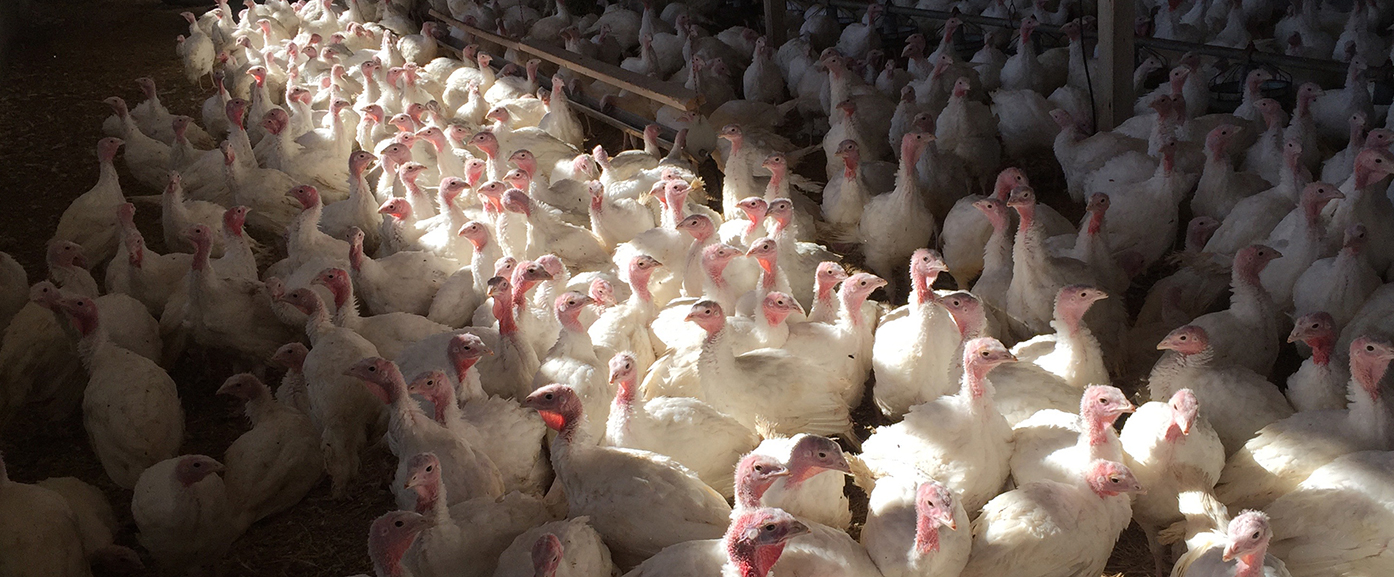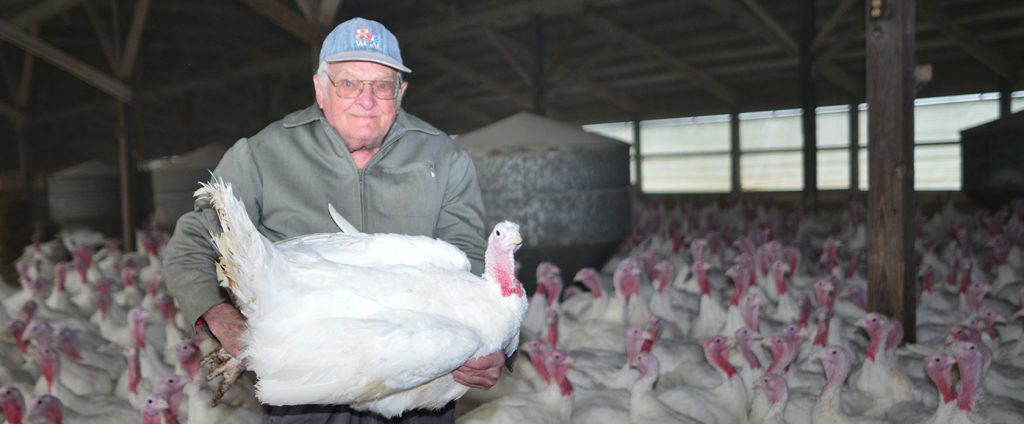
Written by Art Petrosemolo
Bob Esbenshade, 89 years young, is the fourth generation Esbenshade to run the oldest turkey farm in the country. Established in 1858, in Ronks, Pennsylvania, Esbenshade’s is just a few miles away from Garden Spot Village.
I met Bob and worked with him in late October as I was writing a story about the turkey business in Lancaster County. Bob is a ball of fire working out of an antique Airstream trailer close to several barns that, at this time of year, can house close to 10,000 hen and tom turkeys. It’s the farm’s busiest time.
Frozen or fresh, roasted, baked, deep fried or cut up and cooked with vegetables in a crock pot are some of the questions I learned needed to be answered in the weeks leading up to Thanksgiving and Christmas as you think about the holiday meal for the family.
There are more than 100 family-owned turkey farms near us with many selling fresh turkeys direct or through farmers’ markets. Housewives and chefs have different opinions about whether fresh or frozen turkeys have the best taste. The farmers who raise them also can’t agree either.
Locally, fresh raised turkeys range from 10 to 30 pounds. Most fresh turkeys are female hens while the larger, male toms – that everyone says tastes the same – are sold to restaurants that have larger ovens to accommodate the size.
Two of the most well-known family farms in the area are Esbenshade’s in Ronks and Weaver’s Turkey Farm in Leola. Both farms have been operating for generations and sell directly to the public during the holiday season.
Bob Esbenshade says he can have more than 8,000 birds in different stages of growth on the farm at any time during the year. To be sure the birds are properly sized for both Thanksgiving and Christmas, the poults are purchased at different times in late summer to begin their growth cycle. Esbenshade sells between 15,000-20,000 turkeys each season, either directly or through markets and wholesale.
At Weavers, a business started by current owner Sherwin’s great grandfather in 1960, the corn, soy-feed fed turkeys are – as all Lancaster County family farm raised birds are – hormone free.
Sherwin is third generation and sells Hybrid turkeys as well as the Nicholas brand, the first white feathered turkey marketed in 1957 by poultry breeder George Nicholas.
Turkey breeds raised and sold in the area include Nicholas, Heritage, Broad Breasted and Hybrid. Almost all the turkeys sold today are white in color.
For centuries, bronze turkeys, a cross between a European domestic turkey and a wild North American bird, were the breed of choice. It is the turkey color depicted in most Thanksgiving artwork.
Bronze turkeys were popular until the mid-20th century when the white feathered Nicholas was first bred and grew quickly in popularity. White is the primary color of all turkeys raised today. Farmers tell me they have very few requests for dark feathered birds.
Native to the Americas, the wild turkey was a major part of the Pilgrims first autumn harvest celebration in 1621 with the Wampanoag Indians in Massachusetts. Journals show that William Bradford, governor of Plymouth Colony, sent men out “fowling” for wild turkeys for the celebration. Farm raised turkeys has been a mainstay of Thanksgiving and Christmas holiday family meals ever since. Even today, Pennsylvania hunters head to the woods for wild turkeys in the spring and fall hunting seasons.
Farmers and retailers alike, as well as countless printed articles about Thanksgiving cooking and holiday meal websites, all stress the importance of preparing the bird correctly. Today, young, fresh turkeys are literally that – being grown in a short 16 to 20 weeks. If a young, fresh turkey is cooked too long – using instructions from an older cookbook – you’ll get a “tough and dry” dinner. Everyone recommends cooking by temperature using a good cooking thermometer. Most cooking instructions today say a turkey with an internal temperature of 165 degrees and thighs at 180 degrees is done.
If using a frozen turkey, it is critical that the bird be fully thawed before being prepared for the oven.
If you purchase a fresh turkey and find some ice in the cavity, don’t panic and think you purchased a frozen bird. Local farmers need to cool the turkey’s body temperature immediately after butchering and dressing and do so with ice to keep the meat from spoiling. At times, some of the ice remains and does not melt when the turkey is wrapped and transferred to a cooler until picked up by customers.
Online and even telephone help and countless in-depth instructions for both the novice and experienced cook and chef are available to be sure you prepare the most flavorful turkey for your family gathering.
Although the good old days when your grandmother put the turkey into the oven the night before Thanksgiving and cooked it at a low temperature overnight are long gone, those of us who remember it, still miss waking up to that wonderful smell on Thanksgiving Day.
